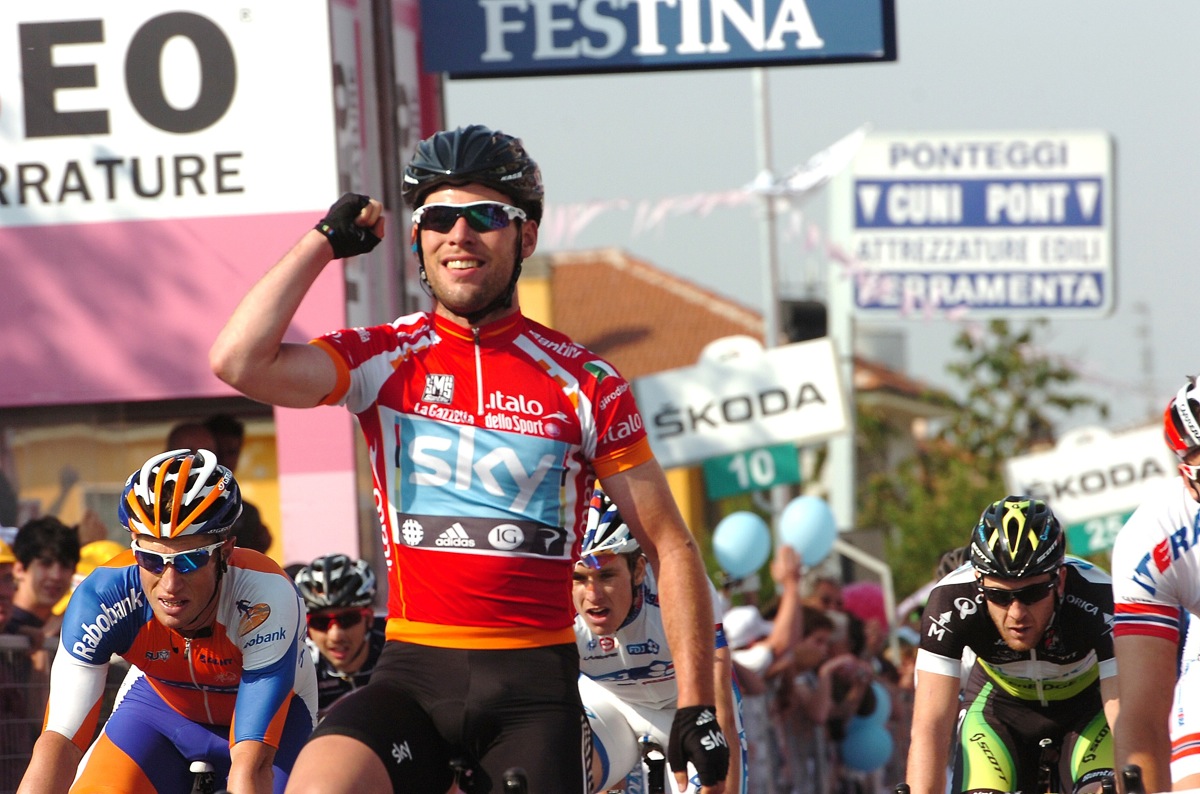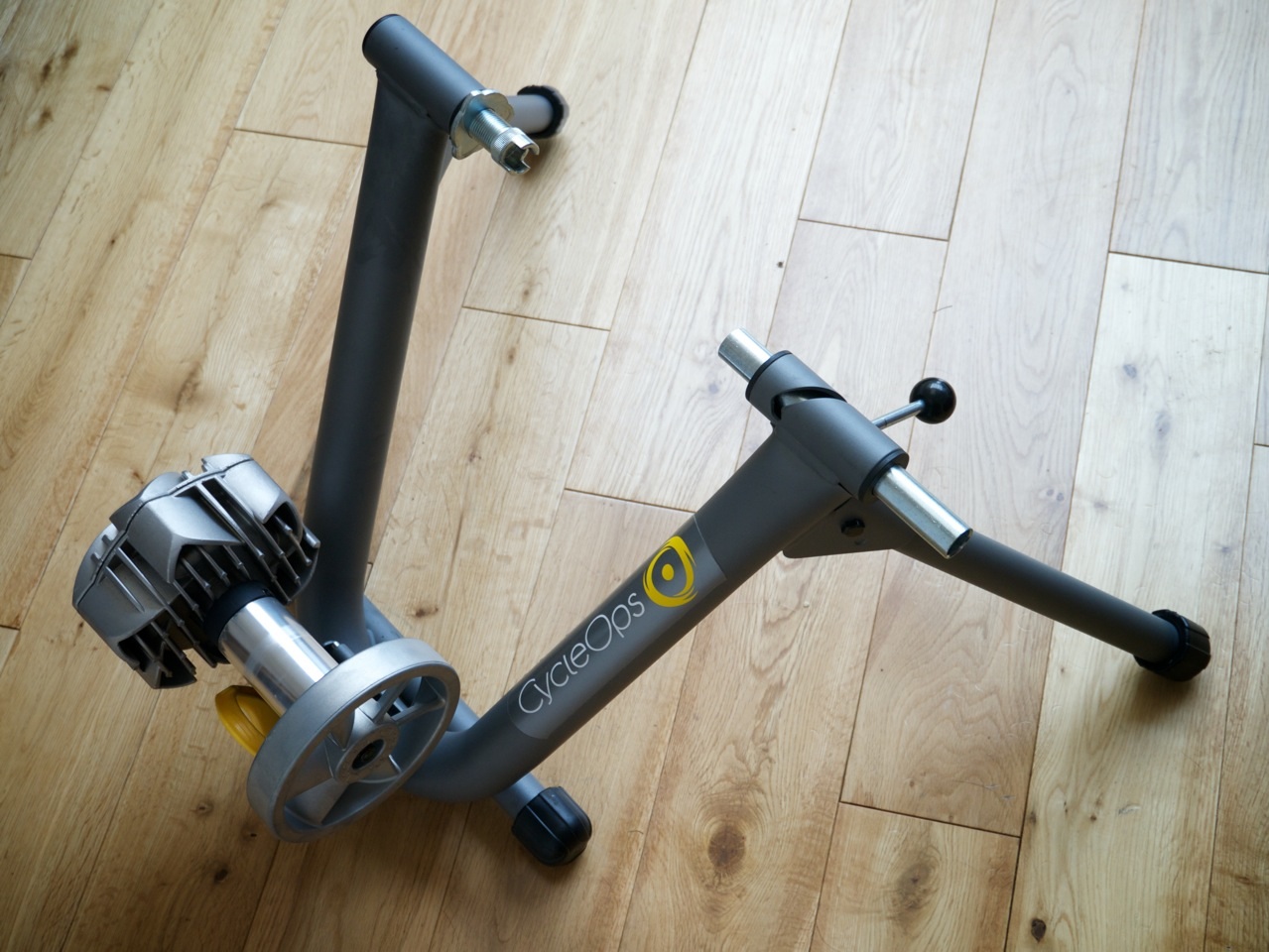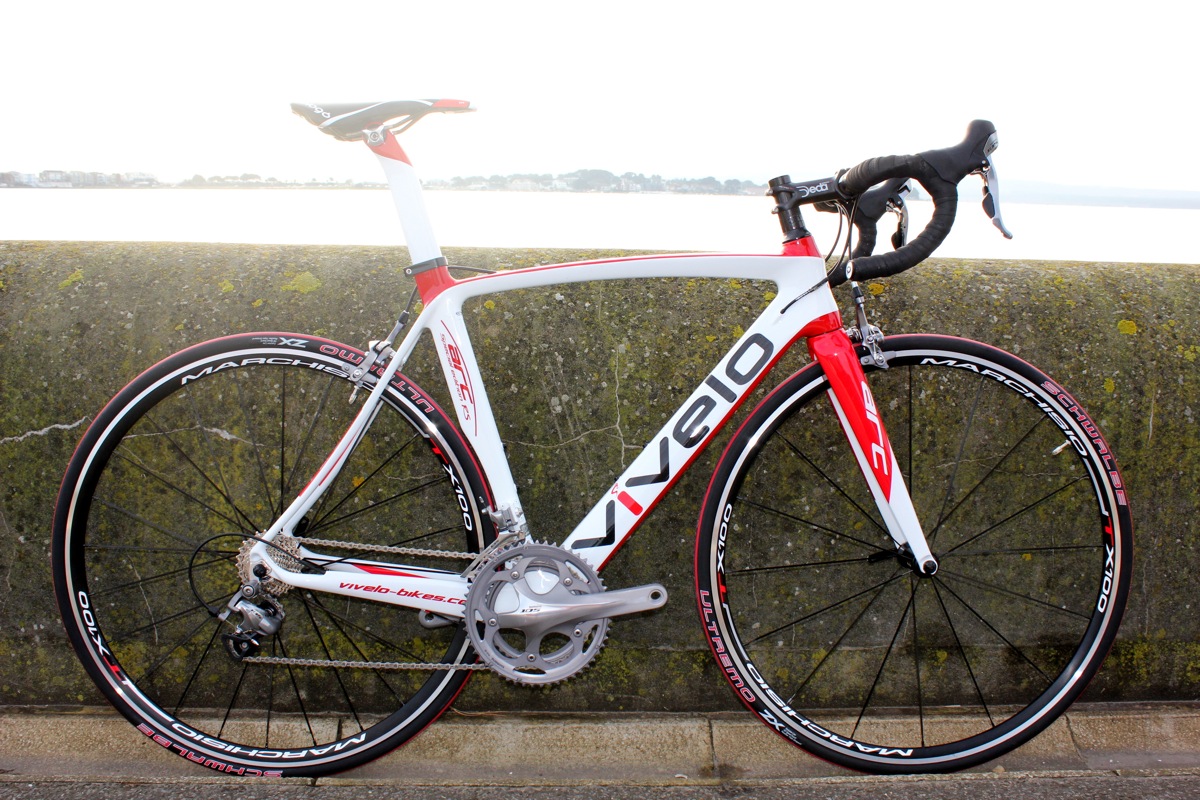The loft has been the chosen work out area for the last few nights.
The Test Rig was hauled up the two flights of stairs, to the cries of ‘watch the walls’ from my long suffering, considerably better half. The reason? At last a chance to properly settle down and try the BKool turbo trainer and software.
I confess that I am a Mac fan, and while not a preacher of the ways of Apple, I have owned them from the days of Mac Plus, and even still have a working SE30 for those of you in the know.

However, this flagrant disregard for the norm sometimes puts the kibosh on testing some new technologies as they can be PC-based only. I was determined not to let this happen with the BKool. A trip to a nameless and bland retail park found me clutching a copy of windows, and a download later I was running Paralells and my Mac was transformed into a PC. Just over £100 spent and the BKool system could finally be run properly.
And so to the loft, where you find me dressed in just an old tatty pair of team bibshorts sitting cross legged by a laptop. Heart rate monitor on, speed and cadence sensors up and running, the Ant+ USB stick is in the side of the laptop. A trip to the BKool website where my Gold membership allows me in to the testing area.
This is an expensive training set up: the BKool set-up with the membership costs around £480; add to that the extras of getting it to work on an Apple, and you have spent some serious money. But what does it give you in return? Let’s start with the simple stuff.
The BCycling set comprises of the trainer, front wheel support, cadence sensor and ANT+ USB. As extras you will need a heart rate monitor and speed sensor if you are planning to log miles outdoors as well (but more of that later), as well as an ANT+ receiver for your smart phone having downloaded the app, or a Garmin or similar device.
Indoors, we have already ascertained that this is a pretty quiet setup in comparison to, for example, the recently reviewed Tacx Booster. The road feel is excellent as the bike is attached to a hinge mechanism that allows your weight to push down on the roller rather than tightening the roller mechanism onto your tyre.

This gave us the impression that we were riding on the road considerably more than other trainer machines. Indeed one member of turbo club noted that in their view this was an eminently sensible and understandable method of connecting the bike to a static trainer, and I tend to agree. Without the restrictions of the whole trainer attached to your rear wheel, and the natural concerns regarding whether you have over or under tightened the roller to your rear wheel, the BKool feels considerably more like road riding.
BKool are Spanish, and it is possible that many of the instructions are clearer in the native tongue, however, what has become apparent to me, as a complete novice to this kind of system is that I have barely scratched the surface of the potential for this most intriguing training device and system.
Essentially, BKool is internet-based, and is in some ways a little like Strava: a social network where likeminded people can compare themselves to others and challenge each other if they wish. You can monitor your activity, store new activities and join groups.
But that is where the similarity ends, and the real work begins. Because, while we all might like to see the wattage Tony down the road can generate on a local climb, and how fast his heart races as he stomps up the climb, BKool give us a way of riding the climb from our loft or garage, and indeed give us a graphic representation as we try our best of us racing against the mighty Tony on our laptop.

On top of that, we can try new routes uploaded by other members, ride our own local loops when the weather outside keeps us indoors (no excuses for not doing that 50-mile reliability ride because of ice – you can do it in the living room). There are first person cycling films which can be played at the correct road speed as you pace yourself uphill or zoom down (hairpins are pretty good at 60km+). On top of all of this, there is a level of fabulously geeky graphics to see you heart rate, wattage, speed, cadence etc, post ride.
The site contains a few tests which you complete to set your sport level (seven levels from Amateur to Elite), which acts as an incentive to improve your current level. To aid this improvement BKool will create a personal training plan for you automatically, in which you decide your goal: weight loss, more power, quick times, or distance-based, then choose which days you can train indoors and out, and the BKool brain generates a programme, which hopefully will guilt trip you into spending more time on the bike than off over these winter months.
So far, I have done the classic ramp test, and came back for more the following night (which normally would have been a tempo ride with the chain gang), for a rolling hilly route which by the end had me in as many pieces as my usual painful Sufferfest sessions.
This is by no means a complete picture of the BKool system, but I have set up a plan, and will report back later next month. Initial views of the quality of the physical trainer have so far been borne out: top quality road feel, good solid construction, neatly designed and quiet enough for Eastenders downstairs and training in the loft; not a bad start for some punishing winter workouts.





